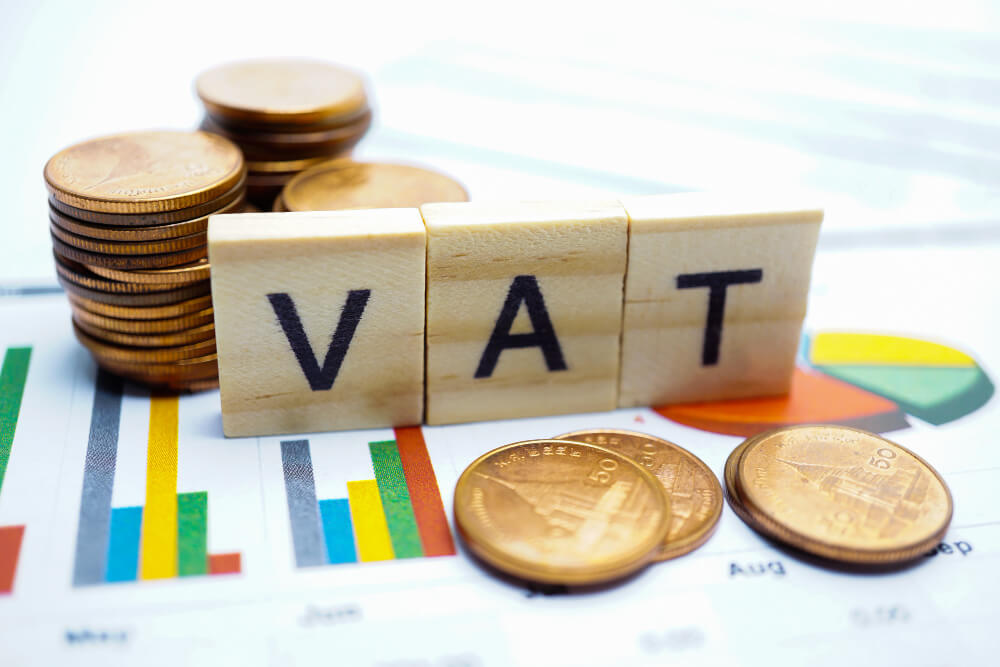When a self-employed individual pays below 80% of their income tax at source, and the tax bill exceeds £1,000, HMRC asks for “payments on account”. This post explains everything about payments on account, their working, and how you pay them.
Table of Content
Payments on account: What does it mean?
HMRC designed payments on account for self-employed individuals to make advance payments towards their tax bills, including the class-4 national insurance contributions.

Employed individuals are taxed at source through PAYE, but self-employed people wait till the deadline at the end of the financial year.
With the “payments on account” schemes of HMRC, new self-employed people can save themselves from paying a huge amount at a time or the rush in completing a self-assessment.
Generally, new sole traders or self-employed individuals ask, “how do I pay my self assessment payment on account?. You need to pay them twice a year, unless
● The last self-assessment tax bill didn’t exceed £1,000
● You paid over 80% of the previous tax bill you owed.
How does payment on account work?
If you are calculating your payments on account for the year 2022-23 tax year, consider the self assessment payments, including your tax and class 4 National Insurance liability for 2021-22.
HMRC assumes your liability remains roughly the same year on year. Consequently, they collect an amount from the payments on account that equals your previous year’s liability.
Every payment on account made is 50% of the previous year’s tax liability, along with Class 4 National Insurance. However, we don’t consider Class 2 National Insurance contributions for calculating payments on account.
You must pay your self assessment payments on account twice a year, on 31 January and 31 July, after the tax year. For example, you must pay 2022-23 payments on account by 31 January 2023 and 31 July 2023.
If your tax liability exceeds the paid amount, pay the balance by 31 January after the tax year ends, along with Class 2 National Insurance contributions. However, the excess balance will offset your future liabilities if the liability is less than the amount paid.
However, if you have tax to pay after paying payments on account, make a balancing payment by midnight of 31 January of the following year.
Example
Sharon opens a business, starts trading and makes a taxable profit. She is paying payments on account for the first year.
She filed a tax return for 2021-22 in January 2022 and was asked to pay £1,500. The HMRC asked to make two payments on account, £750, on 31 January 2022 for the next tax bill. The first payment on account is 50% of the previous year’s tax liability.
So, on 31 January, she needs to pay £1,500 + £750 = £2,250. She needs another £750 as a second payment on account on 31 July 2022.
If Sharon’s tax return for 2022-23 remains the same as for 2021-22, she will clear her tax bills by 31 July 2022, and she doesn’t need to pay anything on 31 January 2023.
However, if she owes tax to HMRC, she must clear the amount by 31 January 2023.
How to check my payments on account?
You can check your previous payments on account history and track down the amount you need to pay via the HMRC website.
● Sign in to your online account using the Government Gateway user ID and password
● Click on the option for your latest self-assessment return
● Select the option to view statements
Under this option, you will find the record of payment on account paid and the estimated amount to pay for the next tax bill.
How to pay my payment on account?
You can pay self assessment payments on account via the HMRC website, as you do for regular self-assessment tax bill payments. However, you must have the Unique Taxpayer Reference number handy.
Methods of payment include:
● Online payment with a debit or corporate card
● Online or phone bank transfer or Direct Debit
● CHAPS
● Pay at your bank, building society, or post office
● Send a cheque by post
However, if you submit a paper tax return to HMRC, you will receive a paper tax bill and a bank Giro form for making payments. It is expected that HMRC will ask taxpayers to make maximum tax payments online, and you must keep records and submit tax returns digitally.
Can I reduce the payments on account?
The income for any self-employed individual can fluctuate over time. If you forecast your income for the next year will be lower than this year, send an application to HMRC to reduce your payments on account. Other reasons include increased tax allowances and reliefs, overpaid taxes in the previous year, etc.
● Log in to your online HMRC account using the official credentials
● Click on ‘Reduce payments on account.’
Or,
● Fill out form SA303 and submit it to your tax office.
People choose to reduce their payments on account when they face difficulty paying tax bills or assume a better financial condition later to fulfil the tax liabilities.
However, before asking for a reduction, consider a few things.
If your income remains the same or higher in the following year, you must pay the correct tax. Reducing your payments on account means paying a lump sum at the end of the financial year.
Also, if HMRC finds out you have underpaid the legal tax, they charge you interest on the outstanding amount and your late tax. A penalty or an interest increases your tax bills.
What happens if I overpay taxes?
If you overpay taxes, HMRC will proceed with a payment-on-account refund. You can also use form SA303 to inform HMRC about the extra payment and request a refund.

Conclusion
If you have trouble paying payments on account, contact immediately with the HMRC. They might allow you to use the Time to Pay service to make payments.
Ask an accountant or HMRC immediately if you have doubts about your tax liabilities and how much to pay for payments on account.










